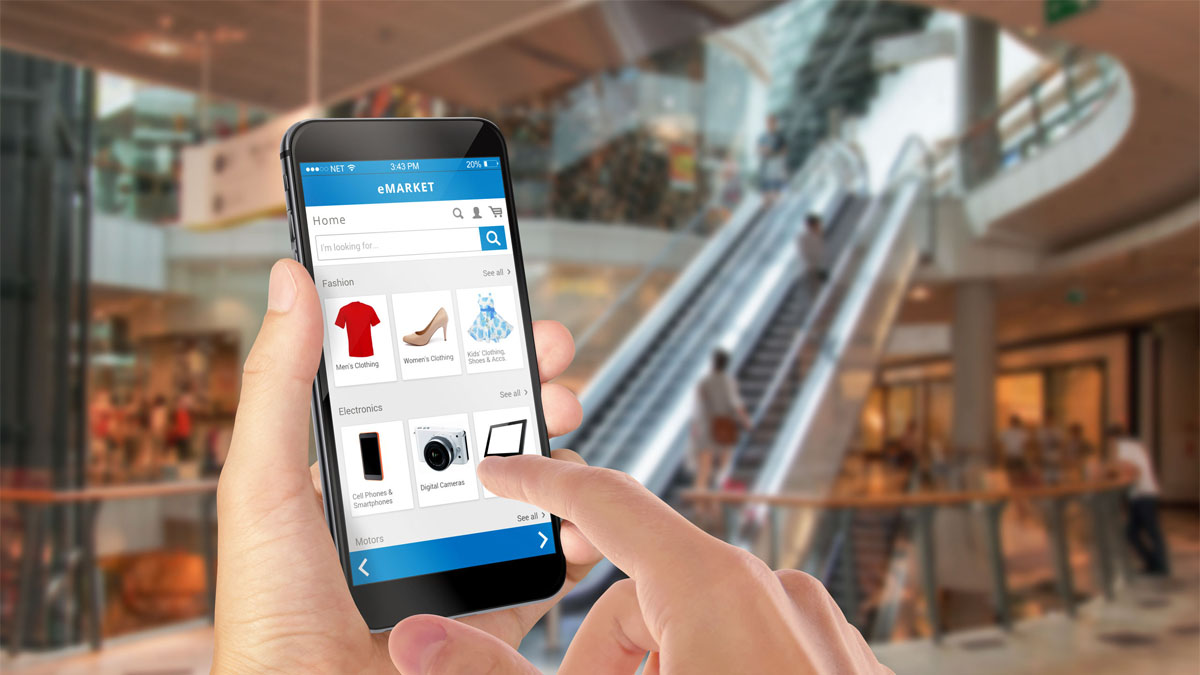In the retail sector, click-to-brick strategies seek to increase the number of customers reaching physical shops through online advertising campaigns. This way, the role that the network of physical shops still represents in the omnichannel purchase is valued, making the most of the synergies between the online and offline worlds. Why incorporate this type of campaign into the performance strategy? How can its success be measured?
Enhancing the value of the physical store in the age of omnichannel marketing
With the costs associated with the last-mile logistics rising, many retailers are increasing the functions performed by physical stores in search of greater profitability. Not surprisingly, these have proven to be an excellent way to save (Click & Collect options make the final transport of e-commerce packages cheaper) and to engage with the brand.
The reason behind click-to-brick strategies is to take advantage of the differences that exist between customer behaviour in physical and digital shops. According to a survey of U.S. consumers conducted by the company First Insight, 70% of customers in physical stores make purchases worth more than $50, a percentage that drops to 50% when it comes to online sales. In addition, more than 80% of customers end up adding other products to their offline purchase, ten points above the cross-selling that occurs in e-commerce.
Measurement, the great challenge for click-to-brick campaigns
Implementing click-to-brick campaigns involves meeting certain requirements for both social media and search advertising. Google Ads and Facebook are two of the platforms that have most developed their functionalities in this sense. Generally, in order to set up campaigns with the objective of store visits, advertisers must have a minimum number of establishments and a significant volume of global traffic. The same applies when counting visits through Google Store Visits technology in both Google Analytics and Google Ads.
The great challenge faced by these types of campaigns is to obtain reliable conversion data. Measurement techniques usually take into account information from users’ smartphones (especially through GPS location or Wi-Fi connection) and complement this data with customised surveys that the platforms themselves conduct on users.

How to carry out an effective click-to-brick strategy
To take advantage of the ROPO effect (Research Online, Purchase Offline) with a digital marketing strategy, there are three key points to highlight:
1. Choose carefully the geographical segmentation:
How far is the user willing to go until arriving at the store? The answer will be given by a diverse set of factors such as the presence of competing establishments, the distance between stores, the exclusivity of the brand and product, among others.
Normally, the segmentation can be configured at different levels of detail: region, city and, finally, a specific radius of kilometres. Regarding the last one, it is convenient to verify the presence of borders to avoid impacting the audience in a language other than their own.
2. Accompany users through their customer journey by adjusting the strategy to each stage:
If the user does not know the brand, why should they go to the shop? In cases where we are looking to broaden the audience and reach those who have never been to our establishments, the most appropriate path could be adapting the creative aspects and the types of ads. On social media, ad formats such as carousels allow you to display the product catalogue (and prices) they will find in the shop and link to e-commerce so they can previously take a look. The text of the message in the ad, on the other hand, can highlight the location of the physical shop nearby.
In addition, to reinforce the effect of the campaigns, retailers can add further motivation by offering a special coupon that can be redeemed at the shop. This promotion will have a code that is only effective when registered at the time of purchase. In this way, it will contribute to a more accurate monitoring of the results.
3. Keep the information about each physical store updated and accessible
It is a mistake to think about the digital marketing plan in independent areas: each of the actions is closely related to the others. Therefore, even if the click-to-brick is enhanced by performance campaigns, local SEO optimization should not be forgotten. In this case, it is relevant to:
- Keep each store’s profile updated in Google My Business. In addition, it is a requirement to be able to do click-to-brick with Google Ads.
- Strengthen e-commerce positioning in local searches by optimising information about each shop taking into account all available geographic ranges: by region, by city and if there is more than one, by street or shopping centre.
With the updated information regarding the address, schedule, phone number and pictures, we will ensure these landings are positioned in SEO above online directories.
Achieving sales success in retail is only possible if all customer contact channels are taken into account. The ultimate goal is to provide an excellent shopping experience and build customer loyalty.







